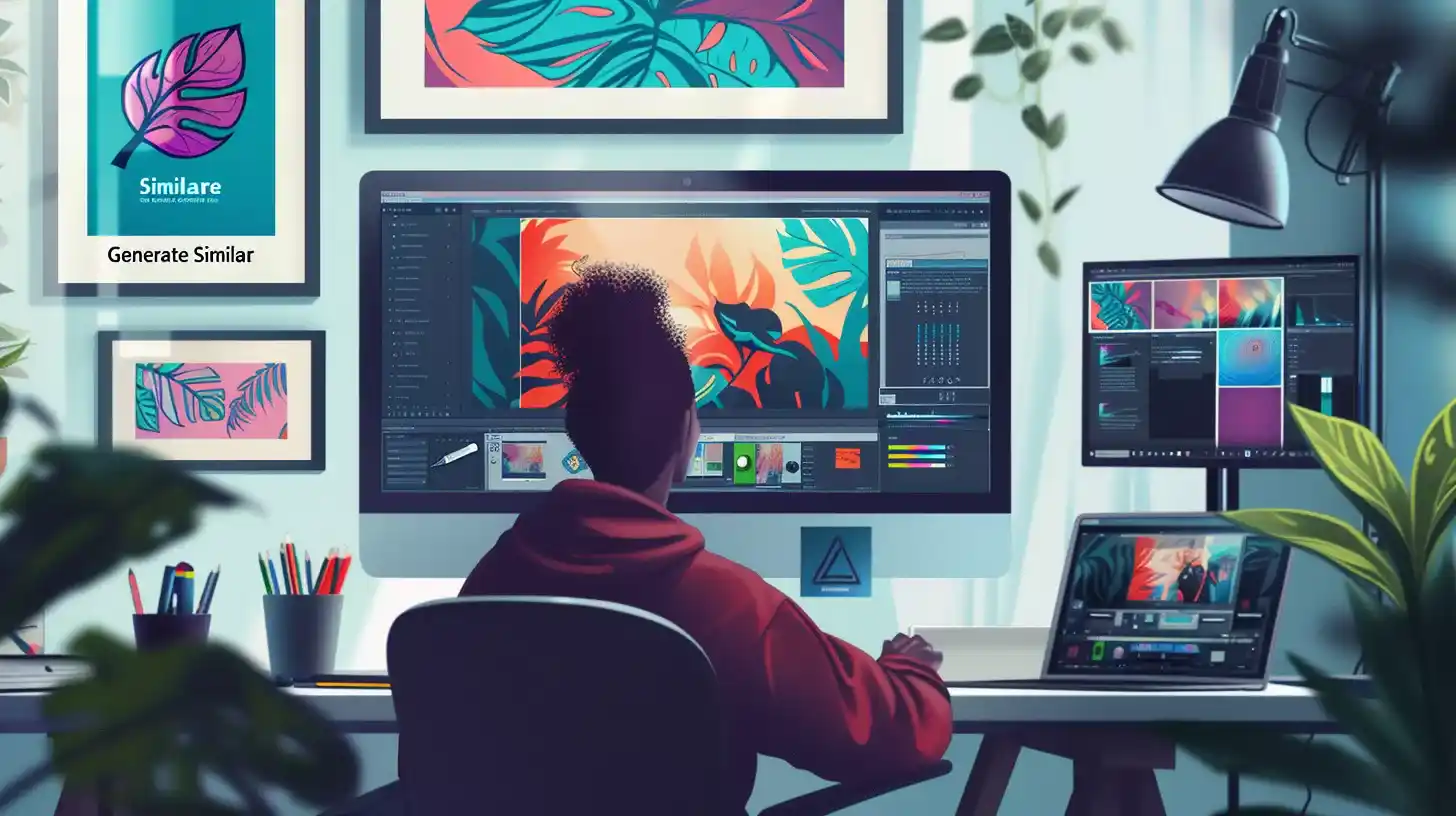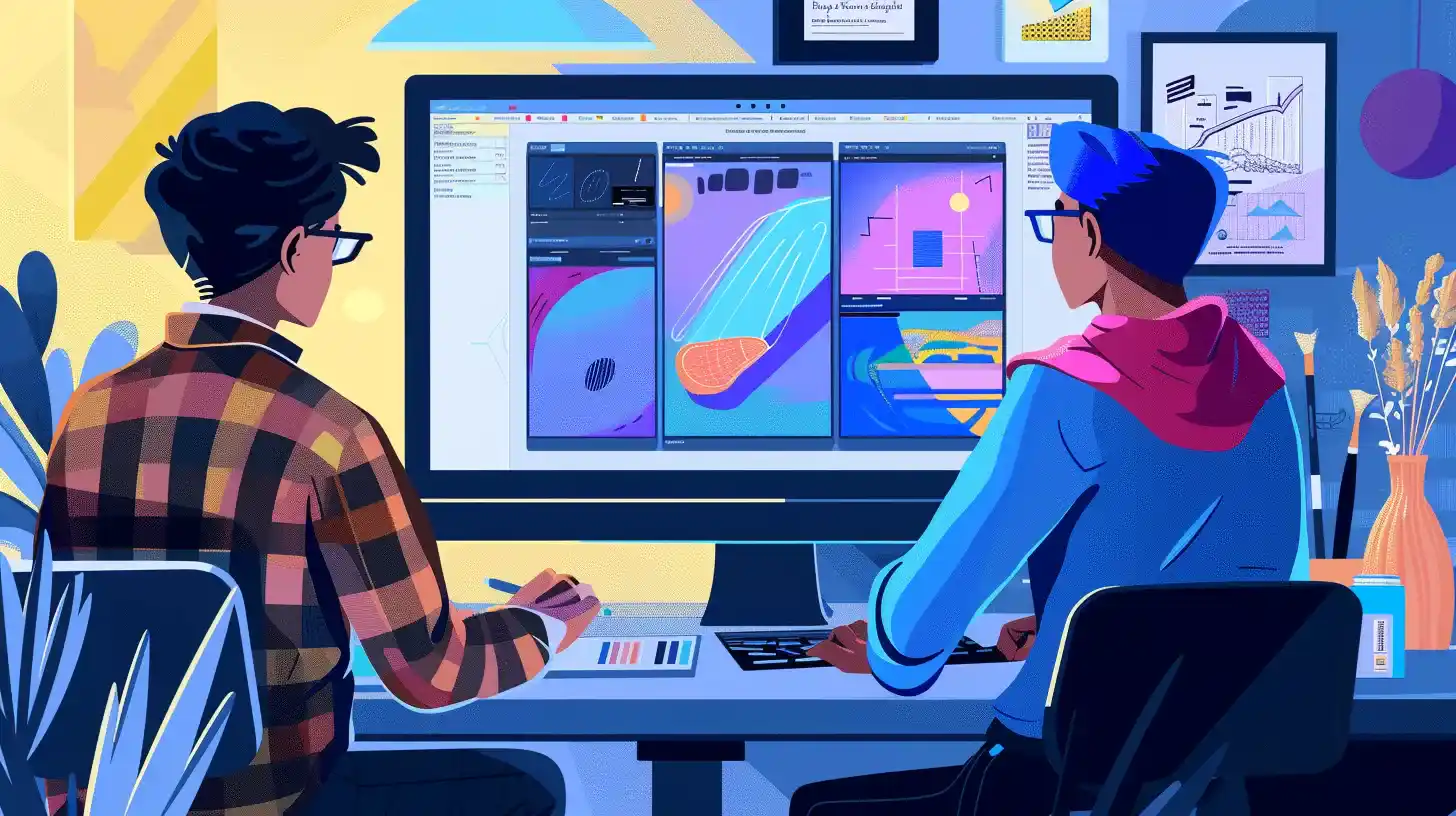Table of Contents
Adobe Firefly, the industry-standard editing software, is receiving a transformative upgrade with the introduction of powerful generative AI tools. Fueled by the cutting-edge Firefly Image 3 foundation model, these innovations empower designers with unprecedented control over their creative vision.
One of the most exciting additions is the Reference Image tool. Gone are the days of meticulously crafting text prompts. Now, designers can leverage the power of imagery. Simply upload a reference photo, and Photoshop’s AI will seamlessly integrate its style and color into your design. Imagine effortlessly replicating the vintage charm of a classic blue truck with flower decals by using a reference picture – a process far more intuitive than crafting a lengthy prompt.
Beyond Prompts: A Spectrum of Generative Options
“Prompting can be incredibly frustrating,” acknowledges Ely Greenfield, Adobe’s Chief Technology Officer for Digital Media. “Why wrestle with a convoluted description when you have a perfect reference image at your disposal? A picture truly is worth a thousand words.”

Ownership remains paramount. A clear message within the tool reminds users of their responsibility to utilize images they have the right to reference. Additionally, Adobe is developing a universal “do not train” tag for their Content Authenticity Initiative, ensuring specific images are never used for AI training.
Firefly 3: A Quantum Leap in Image Quality
Importantly, reference materials are not used to train Firefly, safeguarding your creative property. Despite this user responsibility, Adobe emphasizes the “safe for commercial use” nature of this groundbreaking tool – a significant advantage of Firefly over competing AI models.
The creative arsenal expands further with a suite of generative AI tools within the Photoshop beta. Generate Background allows for seamless replacement and creation of product photography backdrops. Enhance Detail breathes life into images by sharpening details and boosting clarity.
Generate Similar takes a single AI-generated image and produces variations, fostering even more creative exploration. Finally, Generate Image empowers you to craft entire images from scratch using nothing but descriptive text prompts.
The latest iteration of Firefly, the third generation, boasts a global public beta accessible through the dedicated Firefly web application. This powerhouse model transcends the limitations of its predecessor, delivering “photorealistic quality like never before with better lighting, positioning, and attention to detail,” according to Adobe.
Firefly 3 excels at interpreting complex text prompts and generates images with exceptional clarity, even for textual elements.
Beyond AI: Essential New Tools for Every Designer
The AI revolution within Photoshop extends beyond image generation. A new Adjustment Brush allows for non-destructive color adjustments within specific image sections. Adjustment Presets streamline image editing with a library of pre-built filters. Lastly, the enhanced Font Browser provides real-time access to Adobe’s vast cloud library of over 25,000 fonts, eliminating the need to leave Photoshop.

With this infusion of AI and traditional editing tools, Adobe Photoshop empowers designers to break creative barriers and translate their vision into reality with unprecedented ease and efficiency.
The Future of Design: Where Does AI Take Us?
The introduction of AI into Photoshop represents a monumental shift in the creative landscape. But this is just the beginning. Let’s delve into the potential ramifications of this groundbreaking technology:
- Democratization of Design: Previously, complex image manipulation and creative generation were reserved for design professionals. With user-friendly AI tools, even novice users can create stunning visuals, fostering a more inclusive design environment.
- Exponential Workflow Efficiency: Tedious tasks like background removal or detail enhancement become a breeze with AI. This frees up designers to focus on higher-level creative pursuits, maximizing their productivity and allowing them to explore more ideas.
- Unleashing the Power of Collaboration: Imagine seamlessly integrating client feedback or reference imagery into your workflow via AI. This fosters a more collaborative design process, ensuring client satisfaction and accelerating project completion.
- Evolving Design Aesthetics: AI’s ability to generate unique and unexpected visuals can spark entirely new design trends. Designers can experiment with styles and techniques beyond their traditional skillsets, pushing the boundaries of creative expression.
However, the rise of AI also presents challenges that need to be addressed:
- Ethical Considerations: Copyright infringement and the responsible use of reference materials remain critical issues. Platforms like Adobe must prioritize clear ethical guidelines and user education.
- The Artist’s Touch: While AI automates tasks, human creativity remains irreplaceable. The role of designers will shift towards conceptualization, curation, and storytelling, using AI as a powerful tool to amplify their vision.
The future of design lies in the harmonious marriage of human ingenuity and AI’s boundless potential. As these tools continue to evolve, designers will be empowered to create experiences that were once thought unimaginable.